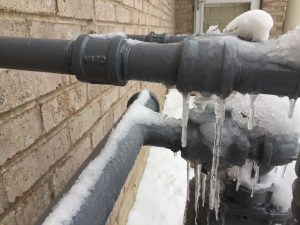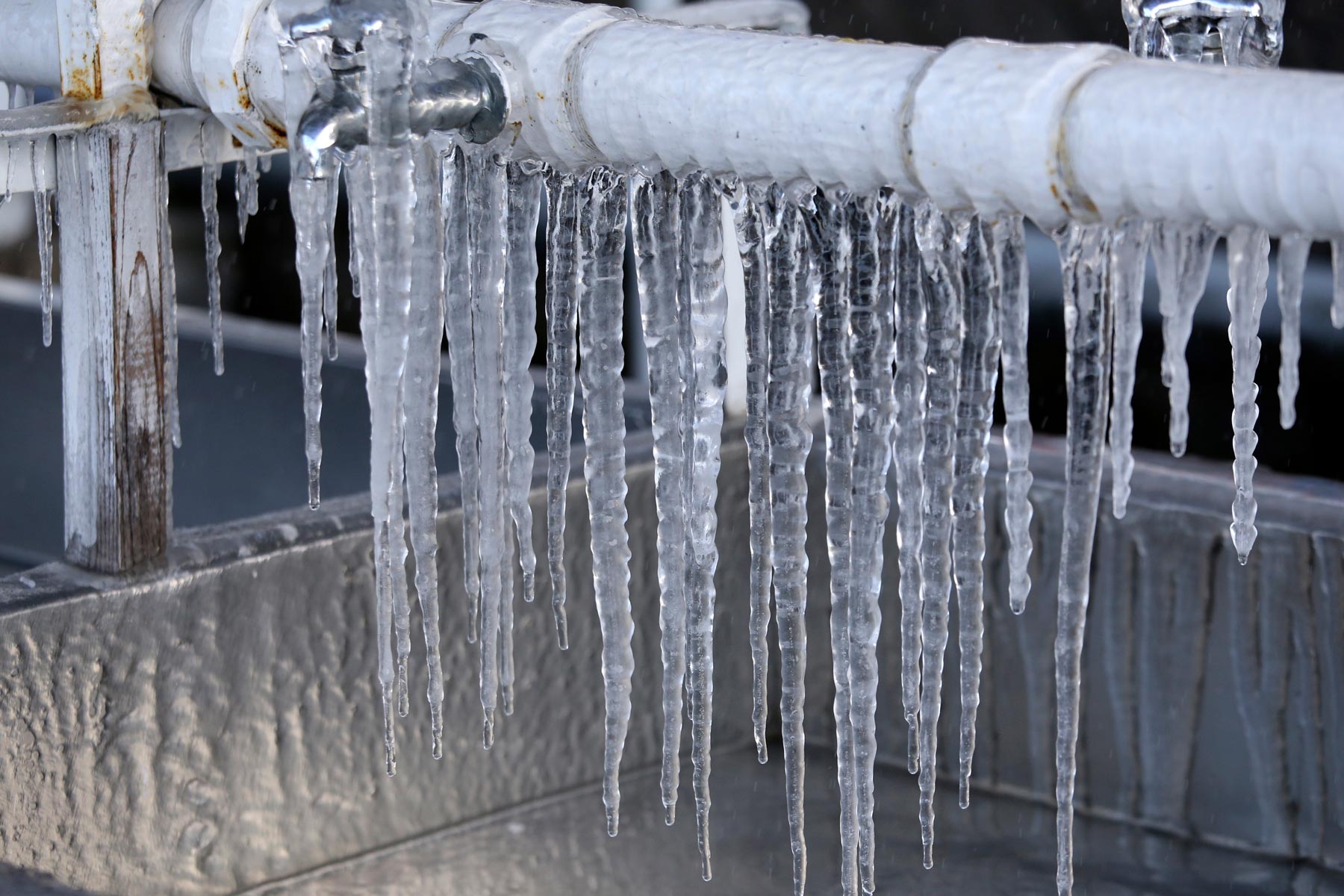Everyone maintains their own unique conception on the subject of How to Prevent Your Pipes From Freezing.

Winter can ruin your plumbing, particularly by freezing pipelines. Right here's just how to prevent it from occurring and what to do if it does.
Introduction
As temperature levels decline, the danger of frozen pipes rises, possibly causing expensive repair work and water damages. Understanding exactly how to prevent frozen pipes is crucial for house owners in cold environments.
Understanding Frozen Pipes
What triggers pipelines to freeze?
Pipes ice up when subjected to temperatures below 32 ° F (0 ° C) for expanded durations. As water inside the pipes ices up, it expands, putting pressure on the pipeline wall surfaces and potentially creating them to rupture.
Threats and damages
Icy pipelines can bring about water interruptions, building damages, and costly repair services. Ruptured pipes can flood homes and trigger extensive structural damages.
Indications of Frozen Pipeline
Recognizing frozen pipes early can prevent them from rupturing.
Exactly how to determine icy pipes
Search for decreased water circulation from faucets, unusual smells or sounds from pipes, and noticeable frost on revealed pipelines.
Avoidance Tips
Insulating vulnerable pipelines
Cover pipes in insulation sleeves or make use of warm tape to secure them from freezing temperatures. Focus on pipelines in unheated or external areas of the home.
Heating strategies
Keep interior rooms sufficiently warmed, especially areas with plumbing. Open cupboard doors to permit cozy air to flow around pipelines under sinks.
Protecting Outdoor Plumbing
Garden pipes and outside faucets
Detach and drain garden pipes prior to winter months. Install frost-proof faucets or cover outside taps with shielded caps.
What to Do If Your Pipelines Freeze
Immediate actions to take
If you believe icy pipelines, keep taps open to soothe pressure as the ice thaws. Use a hairdryer or towels soaked in hot water to thaw pipelines gradually.
Long-Term Solutions
Architectural adjustments
Think about rerouting pipelines far from outside wall surfaces or unheated areas. Add additional insulation to attics, basements, and crawl spaces.
Upgrading insulation
Invest in top quality insulation for pipes, attics, and wall surfaces. Correct insulation assists preserve consistent temperatures and reduces the threat of frozen pipelines.
Verdict
Preventing icy pipes calls for positive steps and quick feedbacks. By comprehending the reasons, indications, and preventive measures, home owners can secure their pipes throughout cold weather.
6 Proven Ways to Prevent Frozen Pipes and Protect Your Home
Disconnect and Drain Garden Hoses
Before winter arrives, start by disconnecting your garden hoses and draining any remaining water. Close the shut-off valves that supply outdoor hose bibs and leave the outdoor faucet open to allow any residual water to drain. For extra protection, consider using faucet covers throughout the colder months. It’s also important to drain water from any sprinkler supply lines following the manufacturer’s directions.
Insulate Exposed Pipes
Insulating your pipes is an effective way to prevent freezing. Pipe insulation is readily available at home improvement stores and is relatively inexpensive. Pay close attention to pipes in unheated areas such as the attic, basement, crawl spaces, or garage. Apply foam insulation generously to create a buffer against the cold. You can also wrap your pipes in heat tape or thermostat-controlled heat cables for added warmth.
Seal Air Leaks
Inspect your home for any cracks or openings that could let in cold air. Seal any holes around the piping in interior or exterior walls, as well as the sill plates where your home rests on its foundation. Additionally, make sure to keep your garage door closed unless you’re entering or exiting. Leaving it open creates a significant air leak that can lead to frozen pipes.
Allow Warm Air Circulation
During cold snaps, it’s essential to allow warm air to circulate evenly throughout your home. Leave interior doors ajar to promote better airflow. Open kitchen and bathroom cabinets to help distribute heat consistently around the rooms. If you have small children or pets, be sure to remove any household chemicals or potentially harmful cleaners from open cabinets for safety.
Let Faucets Drip
A small trickle of water can make a big difference in preventing ice formation inside your pipes. When temperatures drop significantly, start a drip of water from all faucets served by exposed pipes. This continuous flow helps prevent the water from freezing. Additionally, running a few faucets slightly can relieve pressure inside the pipes, reducing the chances of a rupture if the water inside does freeze.
https://choateshvac.com/6-proven-ways-to-prevent-frozen-pipes-and-protect-your-home/

I came across that blog posting on Prevent Frozen Pipes when doing a lookup on the search engines. If you liked our blog posting plz make sure you remember to pass it around. Thanks for taking the time to read it.
Click For More Information